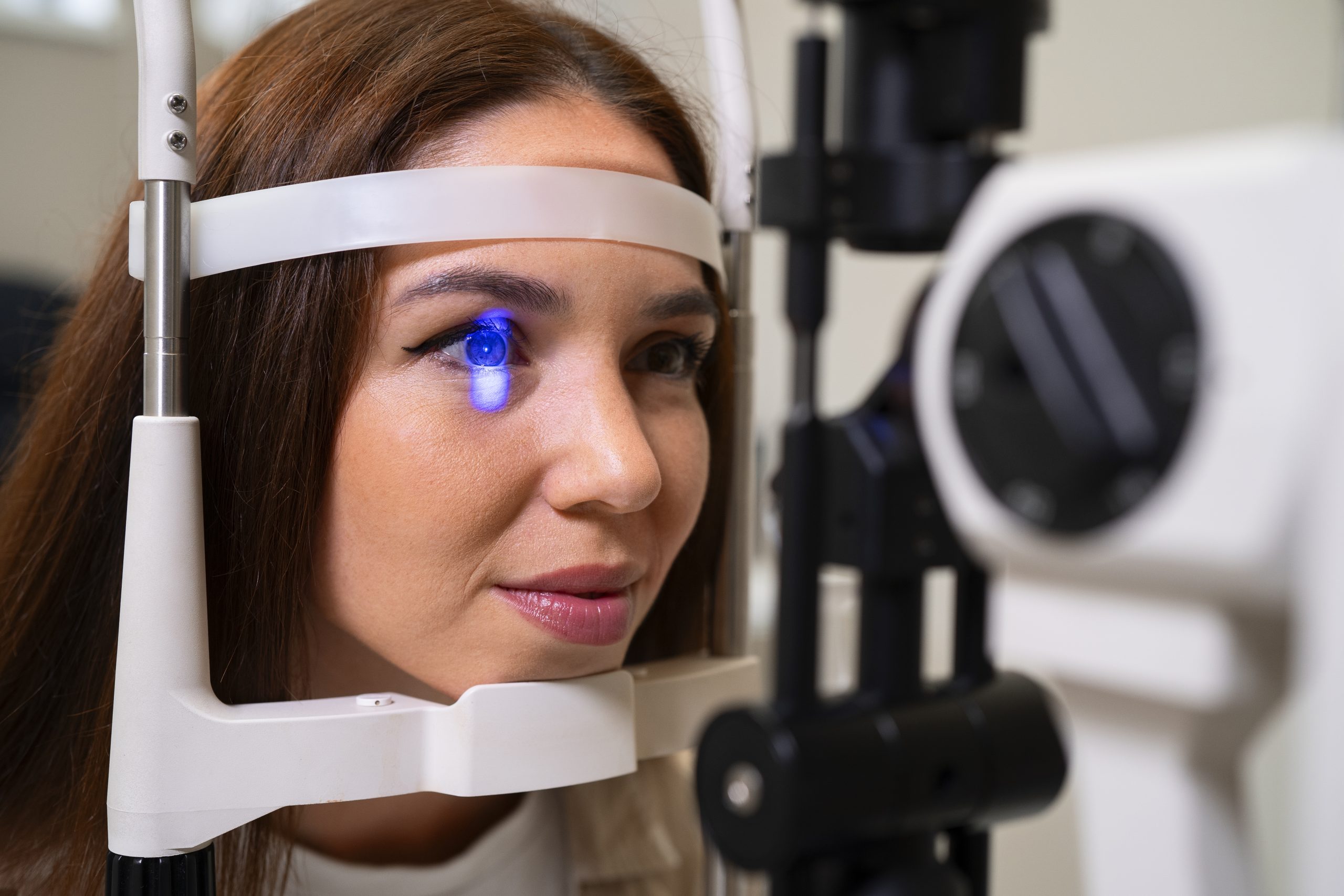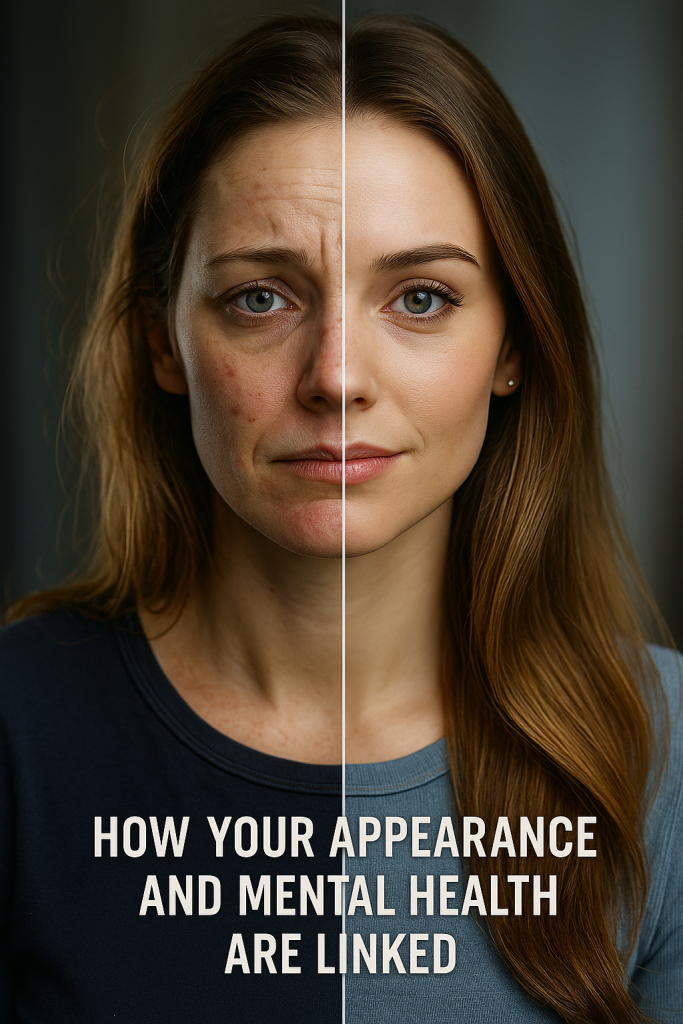Are you tired of relying on glasses or contact lenses to see clearly? Are you searching for a solution that can improve your vision? Look no further than PRK corrective eye surgery. In this article, we’ll provide you with an insightful overview of PRK surgery, its benefits, risks, and the process involved. PRK, or photorefractive keratectomy, is a laser-assisted eye surgery that can correct refractive abnormalities. Unlike LASIK, PRK involves removing the outer layer of cells from the cornea before reshaping it with a laser. By correcting the way light focuses on your retina, PRK aims to enhance your vision. So, if you’re considering PRK corrective eye surgery, keep reading to gain a deeper understanding of this innovative procedure.
Overview of PRK Eye Surgery
If you are considering PRK corrective eye surgery, it is important to understand the overview of the procedure. PRK, or photorefractive keratectomy, is a type of laser-assisted eye surgery that corrects visual refractive abnormalities such as myopia, hyperopia, and astigmatism. Unlike LASIK, which involves creating a corneal flap, PRK involves removing the outer layer of cells from the cornea. A laser instrument is then used to reshape the cornea, improving vision by correcting the way light focuses on the retina.
There are several advantages of PRK compared to LASIK. PRK is suitable for individuals with thin corneas and can address refractive errors that LASIK cannot correct. Additionally, PRK has a lower risk of flap dislocation compared to LASIK.
The PRK recovery process involves wearing a bandage contact lens for faster healing and avoiding strenuous activities for the first week. Discomfort can be managed with numbing drops and pain medication. Follow-up appointments are necessary to remove the bandage contact lens and monitor progress.
In terms of cost comparison, PRK may be more affordable in the long term compared to glasses or contact lenses, as it provides a permanent solution for vision correction. It also improves overall quality of life by providing clearer and sharper vision. However, it is important to consult with an ophthalmologist to evaluate candidacy and discuss potential risks and benefits before undergoing the PRK procedure.
Candidates for PRK Eye Surgery
To determine if you are a suitable candidate for PRK eye surgery, an ophthalmologist will evaluate your eye health and refractive errors. PRK, or photorefractive keratectomy, is an ideal option for individuals with astigmatism, hyperopia, or myopia. It corrects refractive errors that cause improper bending of light in the eyes, improving vision by reshaping the cornea with a laser. PRK is recommended for those at high risk of flap dislocation and can address thin, flat, or steep corneas that LASIK cannot. It may also be chosen for monovision correction in individuals with presbyopia. Before undergoing the procedure, you must meet certain eligibility criteria. These include having stable eye prescription for at least a year, healthy corneas and overall eye health, realistic expectations, and the absence of certain medical conditions such as unstable refractive error or corneal disease. It’s important to discuss potential PRK outcomes, alternatives, success rate, and side effects with your ophthalmologist to make an informed decision.
Process of PRK Eye Surgery
During the process of PRK eye surgery, you will undergo a thorough examination to determine your candidacy for the procedure. This examination will assess your eye health, measure your cornea, and determine if you have any underlying conditions that may affect the outcome of the surgery. Once you are deemed a suitable candidate, the surgery process can begin.
The PRK procedure itself typically takes about 15 minutes per eye and is performed under local anesthesia. The surgeon will use advanced laser technology to remove the outer layer of cells on the cornea and reshape it to correct your refractive error. Though you may experience some discomfort during the procedure, it is generally minimal.
After the surgery, you will need to follow a post-surgery care plan to ensure proper healing. This includes wearing a bandage contact lens for a period of time to protect the cornea and promote faster healing. You should also avoid rubbing or touching your eyes and refrain from engaging in strenuous activities for the first week. Your surgeon may prescribe eye drops to aid in the healing process and manage any discomfort.
It is important to note that the healing process after PRK surgery can take several weeks. During this time, you may experience temporary sensitivity to light. However, as the eyes continue to heal, your vision will gradually improve.
While PRK is an effective and popular corrective eye surgery, it is always a good idea to consider alternative treatments and gather patient experiences to make an informed decision. Consulting with an eye care professional will provide you with the necessary information to determine the best course of action for your specific needs.
Benefits of PRK Eye Surgery
After PRK eye surgery, you will experience several benefits that can significantly improve your vision and quality of life. One of the key benefits of PRK is its successful vision correction, reducing or even eliminating the need for glasses or contact lenses. This can be a life-changing improvement, allowing you to enjoy clear and sharp vision without the hassle of visual aids.
PRK is also suitable for individuals who prefer not to rely on glasses or contact lenses on a daily basis. With PRK, you can say goodbye to the inconvenience of constantly needing to wear and maintain visual aids.
Moreover, PRK can address refractive errors that LASIK cannot correct. It is particularly beneficial for individuals with thin corneas or those at high risk of flap dislocation. PRK offers a lower risk of flap dislocation compared to LASIK, ensuring a safer procedure and improved peace of mind.
Furthermore, PRK has the potential for monovision correction in individuals with presbyopia. This means that PRK can provide a solution for both near and distance vision, reducing the need for reading glasses.
When considering PRK, it is important to note the long-term results. Many patients report sustained improvement in their vision years after the surgery. Patient testimonials often highlight the positive impact PRK has had on their lives, further reinforcing the benefits of this procedure.
In terms of recovery time, PRK does require a longer healing period compared to LASIK. However, the majority of patients experience a significant improvement in their vision within a few days to a week after PRK surgery.
Risks of PRK Eye Surgery
- There are several risks associated with PRK eye surgery that you should be aware of. While PRK is generally safe and effective, it is important to understand the potential complications and long-term effects before undergoing the procedure.
One of the potential complications of PRK is the risk of infection and inflammation. Although rare, there is a small chance of developing a corneal infection after the surgery. This can cause discomfort and may require additional treatment.
Another possible side effect of PRK is corneal scarring and haze. This can affect the clarity of your vision and may require further intervention. Additionally, some patients may experience glared night vision, which can result in halos around lights.
It is also important to note that there is a possibility of under-corrected or overcorrected vision after PRK. While the success rates of PRK are generally high, some individuals may still require the use of glasses or contact lenses to achieve optimal vision correction.
In terms of postoperative care, it is crucial to follow the instructions provided by your surgeon. This may include using prescribed eye drops, wearing a bandage contact lens, and avoiding strenuous activities for the first week.
While PRK is a popular and effective procedure, it is important to consider alternative treatments as well. Your surgeon can discuss other options with you, such as LASIK or Small Incision Lenticule Extraction (SMILE), to determine the best course of action for your specific needs.
Candidates and Requirements for PRK
Before considering PRK corrective eye surgery, it is important to understand the candidates and requirements for this procedure. Here are some key factors to consider when determining PRK eligibility:
- Refractive Errors: PRK is suitable for individuals with astigmatism, hyperopia, or myopia. It corrects these refractive errors by reshaping the cornea.
- Cornea Characteristics: PRK is recommended for those with thin, flat, or steep corneas that LASIK cannot address. Additionally, individuals with dry eyes or certain lenses from cataract surgery may be suitable candidates.
- Lifestyle and Job: PRK may be ideal for those with an active lifestyle or job, as it carries a lower risk of flap dislocation compared to LASIK.
- Age and Stability: PRK is generally performed on individuals who are 18 years or older with a stable eye prescription. This ensures that any changes in the prescription have stabilized, leading to better long-term outcomes.
Meeting these PRK suitability criteria is crucial for successful patient selection. However, there are also requirements that must be met, including:
- Stable Prescription: Individuals should not have experienced changes in their eye prescription in the last year.
- Healthy Eyes: PRK requires healthy corneas and overall eye health. Any pre-existing eye conditions or diseases should be addressed before considering the procedure.
- Realistic Expectations: It is important for candidates to have a clear understanding of the expected outcomes and limitations of PRK.
- Exclusion Criteria: Certain conditions such as unstable refractive error, skin or other diseases affecting healing, history of scarring, advanced glaucoma, uncontrolled diabetes, pregnancy or nursing, and certain eye infections may exclude individuals from undergoing PRK.
Preparing for PRK Surgery
To prepare for PRK surgery, you will need to complete several important steps. Pre-surgery preparation is crucial for a successful outcome and a smooth recovery. Before the procedure, your doctor will conduct a thorough examination to assess your candidacy for PRK. This examination will include vision testing, assessment of eye health issues, and measurements of your cornea and pupils. It is important to discuss your realistic expectations and lifestyle considerations with your doctor to ensure that PRK is the right choice for you.
Post-operative care is an essential part of the recovery process. After the surgery, you will need to rest your eyes and avoid strenuous activities for the first week. Your doctor may prescribe numbing drops and pain medication to manage any discomfort. It is important to follow up with your doctor for appointments to remove the bandage contact lens and monitor your progress.
While PRK is generally safe, there are potential complications that you should be aware of. These may include corneal infection, scarring, corneal haze, and glared night vision. Under-corrected or overcorrected vision may also require continued use of visual aids. However, the long-term results of PRK can be excellent, with successful vision correction and a reduced need for glasses or contact lenses.
The recovery timeline for PRK varies from person to person, but most individuals experience significant improvement in their vision within the first few weeks. It is important to follow your doctor’s instructions for post-operative care to ensure a smooth and successful recovery. With proper preparation and post-operative care, PRK can provide you with long-term results and improved vision.
PRK Procedure
During the PRK procedure, your surgeon will use a laser to remove the outer layer of cells on your cornea and reshape it to improve your vision. This process involves several steps:
- Laser Reshaping: The surgeon will use a laser to precisely reshape the cornea, correcting any refractive errors such as myopia, hyperopia, or astigmatism.
- PRK vs LASIK: PRK differs from LASIK in that it does not involve creating a flap on the cornea. This makes it a better option for individuals with thin corneas or those at a higher risk of flap dislocation.
- PRK vs SMILE: Unlike SMILE, which is a minimally invasive procedure, PRK is a surface laser treatment that removes the outer layer of the cornea. SMILE is typically recommended for individuals with myopia and astigmatism.
- PRK Recovery Time: The recovery time for PRK is longer compared to LASIK or SMILE. It may take several weeks for your vision to stabilize, and you may experience temporary sensitivity to light and discomfort during this period.
- PRK Side Effects: Possible side effects of PRK include corneal infection, scarring, corneal haze, and glared night vision leading to halos around lights. Under or overcorrection of vision may also occur, requiring continued use of visual aids.
- PRK Cost Comparison: The cost of PRK may vary depending on various factors such as the surgeon’s experience, location, and the complexity of your case. It is recommended to discuss the cost with your surgeon during the consultation process.
Recovery After PRK Surgery
After undergoing PRK surgery, you will experience a recovery period that involves following specific guidelines and taking necessary precautions for optimal healing. Proper recovery management and post-operative care are essential for a successful healing process and achieving the best possible visual acuity. Here are some important aspects of the recovery after PRK surgery:
| Recovery After PRK Surgery |
|---|
| Guidelines |
| – Use prescribed eye drops as directed to aid in the healing process. |
| – Avoid rubbing or touching your eyes to prevent any damage or infection. |
| – Wear protective eyewear, such as sunglasses, to shield your eyes from bright light and debris. |
| Precautions |
| – Rest and avoid strenuous activities for the first few days to allow your eyes to heal properly. |
| – Avoid swimming or exposing your eyes to water for at least a week to minimize the risk of infection. |
| – Take over-the-counter pain medication as recommended by your doctor to manage any discomfort. |
| Long-Term Effects |
| – It is normal to experience fluctuations in vision during the healing process. Your vision will gradually improve over time. |
| – Attend all follow-up appointments to monitor your progress and ensure that your eyes are healing properly. |
| – Be patient, as it may take several weeks or even months to achieve optimal visual acuity. |
Benefits of PRK Compared to Glasses
When comparing the benefits of PRK to glasses, you will find that PRK offers a permanent solution for vision correction. Here are some key advantages of PRK over glasses:
- Permanent Vision Correction: PRK reshapes the cornea, correcting refractive errors and providing long-lasting results. Unlike glasses, which need to be worn continuously, PRK offers a permanent solution for vision correction.
- Enhanced Visual Clarity: PRK can significantly improve visual acuity, providing clearer and sharper vision compared to glasses. This enhanced visual clarity can greatly improve your overall quality of life.
- Reduced Dependency on Visual Aids: With PRK, you can reduce or even eliminate your reliance on glasses or contact lenses. This freedom from visual aids can improve convenience, comfort, and confidence in your daily activities.
- Long-Term Cost Savings: While glasses require regular updates and replacements, PRK can be a cost-effective option in the long run. Once you undergo PRK, you won’t need to invest in new glasses or contact lenses, saving you money over time.
PRK offers numerous benefits compared to glasses, including permanent vision correction, enhanced visual clarity, improved quality of life, and reduced dependency on visual aids. Consider discussing these advantages with your eye care professional to determine if PRK is the right option for you.




